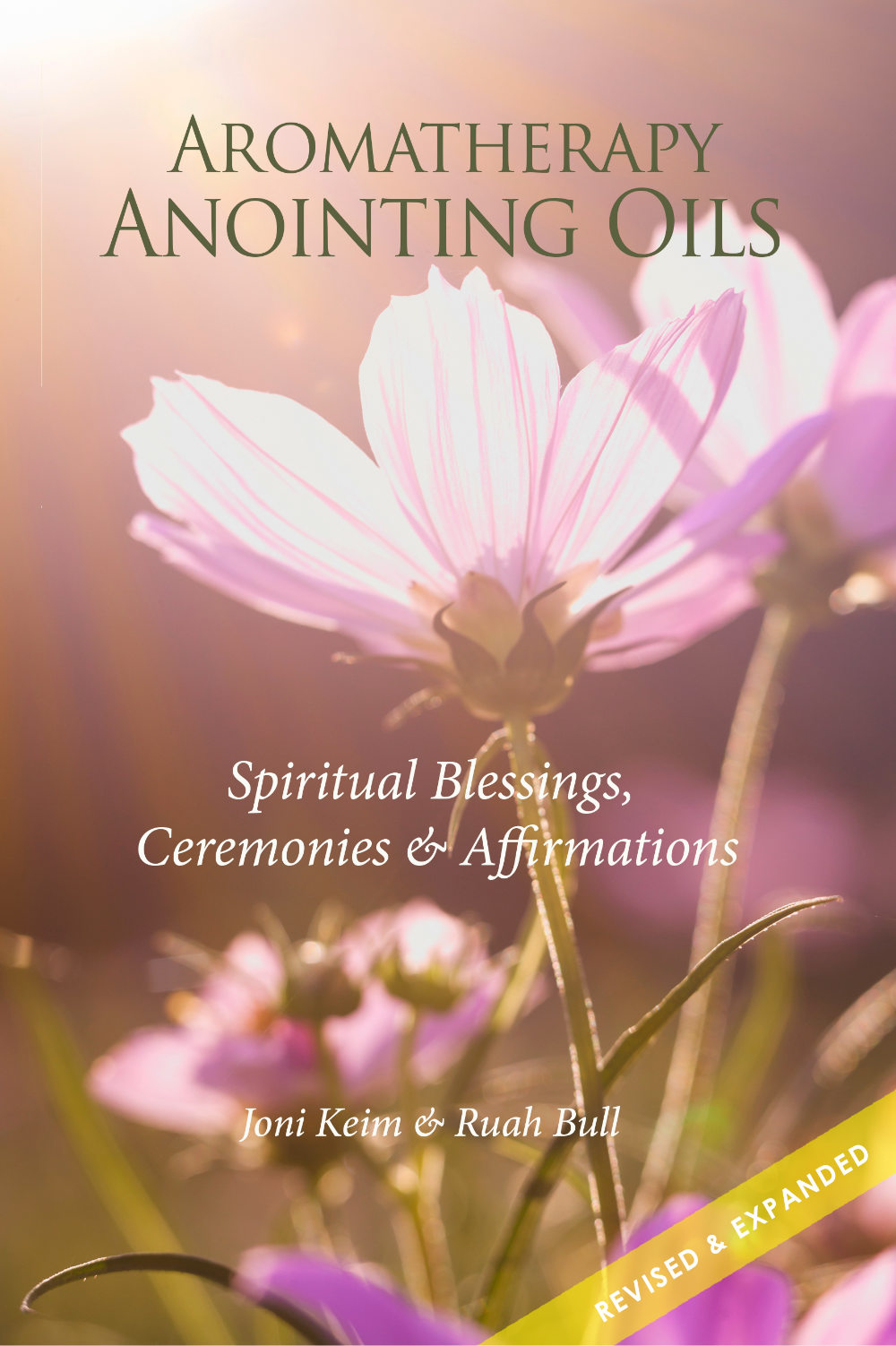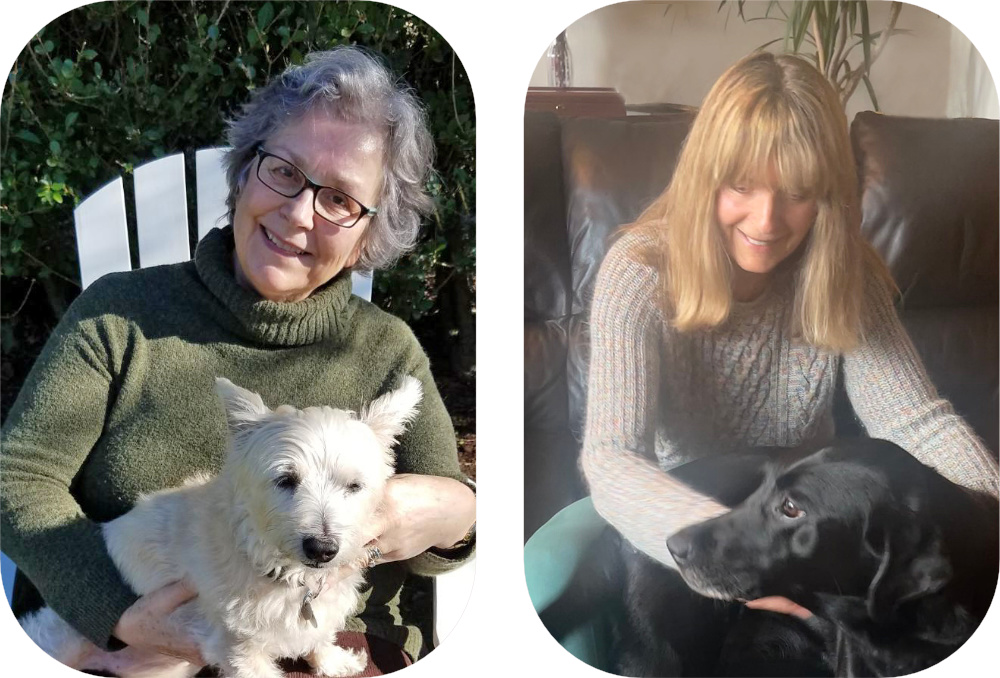Essential Oil Safety Guidelines
Including Methods of Use for Subtle Aromatherapy
Using essential oils safely requires a level of education about the nature of essential oils, being responsible with their use, and following the standard recommended safety guidelines, as follows.
- Essential oils are for external use. Do not take essential oils internally. With the current popularity of essential oils, there are advocates of using essential oils internally. This practice is controversial. If you choose to take essential oils internally, do so under the guidance of a professional who is knowledgeable about essential oils.
- Dilute essential oils in a carrier, such as fractionated coconut oil (FCO), jojoba, or a fragrance-free lotion, before they come in contact with your skin. Standard dilution is 2% (3 drops in 1 tablespoon or 12 drops in 1 ounce of carrier). Essential oils are concentrated and active. Many of them are strong and can irritate or sensitize your skin if not properly diluted. Standard dilution for subtle aromatherapy is 1% or less (1 drop in 1 teaspoon of carrier.)
- If you are pregnant, do not use essential oils without consulting your physician or a professional that is knowledgeable about the use of essential oils. There are certain essential oils that should be avoided.
- Do not use essential oils on infants or children and keep essential oils out of their reach. Though there are some essential oils that can be used with children, do so under the guidance of your physician or a professional who is knowledgeable about using essential oils.
- Keep essential oils away from animals. Essential oils do not necessarily affect an animal’s physiology as it affects a human’s. This is a consideration if you diffuse essential oils in a room when an animal is present. Refer to your holistic veterinarian or a reference book for guidance.
- Keep essential oils away from and out of your eyes and mucous membranes. If this should occur, first apply a drop of carrier oil such as fractionated coconut oil to collect the essential oil, then flush well with water. If no carrier oil is available, whole milk can be used. If neither is available, flush profusely with water.
- Essential oils are flammable. Keep them away from lit candles or other flames.
- If your skin becomes irritated from an essential oil, gently apply a carrier, such as olive oil, to the area with your fingertips to further dilute it. Gently wipe it clean with a tissue or soft cloth. Then gently wash the area with soap and water, and rinse well. Discontinue use of the essential oil.
- If you are going to be exposed to direct sunlight, avoid using citrus essential oils (such as lemon, grapefruit, lime, or bergamot) on your skin, especially undiluted. It can cause phototoxicity and your skin may burn and/or discolor.
- If your skin is allergy prone or sensitive, test an essential oil under a strip bandage. Put one drop of the essential oil on the inside of your elbow and cover it with the bandage for 12 hours. After 12 hours, if there is no reaction, the oil should be non-irritating for you to use. If there is redness, swelling, irritation, or itching, do not use that essential oil.
- Do not use essential oils if you have health problems such as heart disease, epilepsy, or asthma. There are essential oils that should be avoided. Consult your physician or a professional that is knowledgeable about essential oils.
- If you are taking homeopathic remedies, essential oils may negate their effect. Consult your physician. Eucalyptus, Peppermint, and Rosemary are the most common essential oils to avoid.
- Toxicity from an essential oil depends on the concentration, the method of use, the frequency, the interactions, and the individual. In Clinical Aromatherapy, the author Jane Buckle explains that dermal toxicity can occur from essential oils applied to the skin, causing burns, irritations, allergic reactions, and phototoxicity. Oral toxicity can occur from internal use of essential oils, causing damage to the mouth, digestive tract, liver, and nervous system.
In Essential Oil Safety by Tisserand and Young, essential oils indicated to be of high risk of acute toxicity include bitter almond, mustard, sassafras, wormseed, and others. Those indicated to be of known or possible acute toxicity include birch, cajuput, cinnamon bark, clove, cornmint, hyssop, mugwort, nutmeg, parsley, pennyroyal, sage, savory, tansy, thuja, thyme, wintergreen, wormwood, and others. These essential oils are not recommended for aromatherapy or subtle aromatherapy. Refer to Essential Oil Safety for further information and a complete list of essential oils and their risks.
Methods of Using Essential Oils
for Subtle Aromatherapy
Using essential oils safely requires a level of education about the nature of essential oils, being responsible with their use, and following the standard recommended safety guidelines, as follows.
Anointing
Anointing is an ancient practice that means "to touch with oil." It has been used through the ages, as it is today, for protection, blessings, devotion, and special recognition. To make an anointing oil, dilute 1 drop of the chosen essential oil in 1 teaspoon of olive oil or 3 drops in 1 tablespoon. Store in a small glass bottle with a cap. Label the bottle. The aroma will be delicate. Remember, essential oils are used in low amounts for subtle aromatherapy.To use an anointing oil, put a drop of the blend on your fingertip. Gently touch the area chosen for the anointing while holding positive intention in your mind and visualizing the desired outcome. If it is not possible to touch the skin, simply hold your fingertip above the area, from 3 to 6 inches away.
Misting
Mists are most often used in subtle aromatherapy to clear and cleanse a room or area, and to bring in positive energy. They can also be used to set boundaries, affect consciousness, and work with the energy centers or subtle bodies.To make a mist, put 10 drops of the chosen essential oil in 4 ounces of purified water in a mister bottle. Shake well before use, each time. While misting, hold positive intention in your mind and visualize the desire outcome.
Stroking
If you are not able to touch the body, stroking is another way an anointing can be can be given. Put 1 drop of an anointing oil on your left palm, gently rub or pat your hands together. Then hold your hands in the area where it is needed and slowly stroke, without touching. Commonly, your hands will be 3 to 6 inches away from the body.Diffusing
Diffusers disperse the aromatic molecules of an essential oil into the air. They are often used in subtle aromatherapy to clear and cleanse a room or an area, to bring in positive energy, and to affect consciousness. There are different types of diffusers available. We recommend cool-air diffusers. Whichever one you use, follow the manufacturer's instructions. In subtle aromatherapy, diffuse for 10 minutes, then turn the diffuser off. Use in a room or area that is ventilated (door or window open).Intention & Visualization
In subtle aromatherapy, essential oils are used with intention and supported by visualization. Intention is being clear about the purpose of using the essential oil and holding that purpose in your mind. (The purpose must be positive and restorative.) Intention is based on the premise that energy follows thought. Thinking about something is the first step to its manifestation, and there is nothing that has ever been accomplished that was not, at first, a thought.Visualization is another example of how energy follows thought. Shakti Gawain, in her classic book, Creative Visualization, says, “Simply having an idea or thought, holding it in your mind, is an energy which will tend to attract and create that form on the material plane.” When using subtle aromatherapy, visualize the desired outcome. For example, if you are working with a stiff knee, imagine it moving and flexing comfortably. For example, if working with stress, imagine and visualize that the body and mind are relaxed and balanced.




